Photos of Prague’s Rooftop Creatures
![]()
Like countless others around the globe, Prague-based photojournalist Amos Chapple has been locked down at home due to social distancing measures to combat COVID-19. And like many other photographers, he has been taking regular photo walks in his city, and one of the subjects he has been focusing on are the “rooftop creatures” found in the Czech capital.

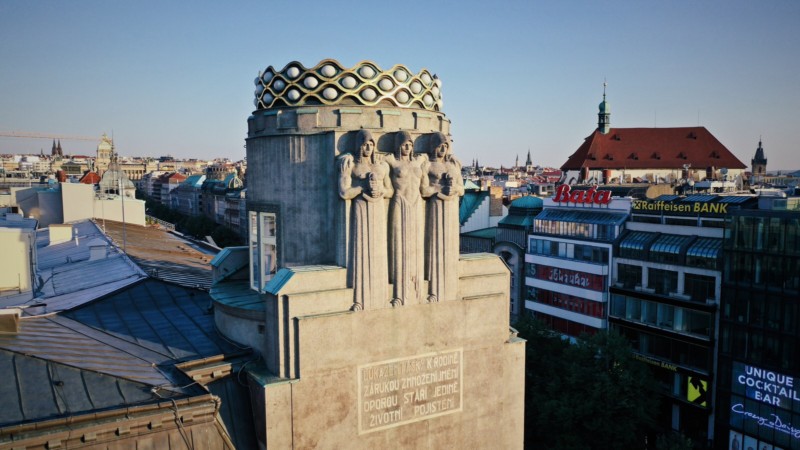
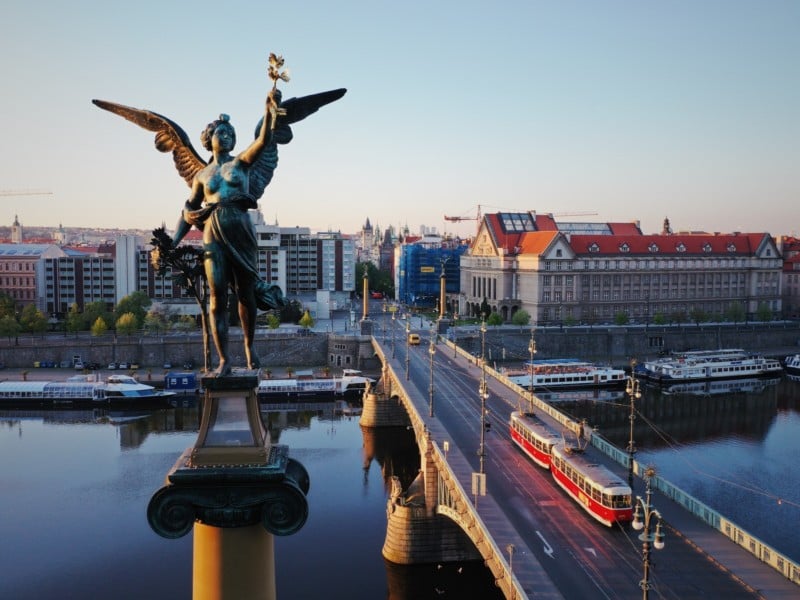
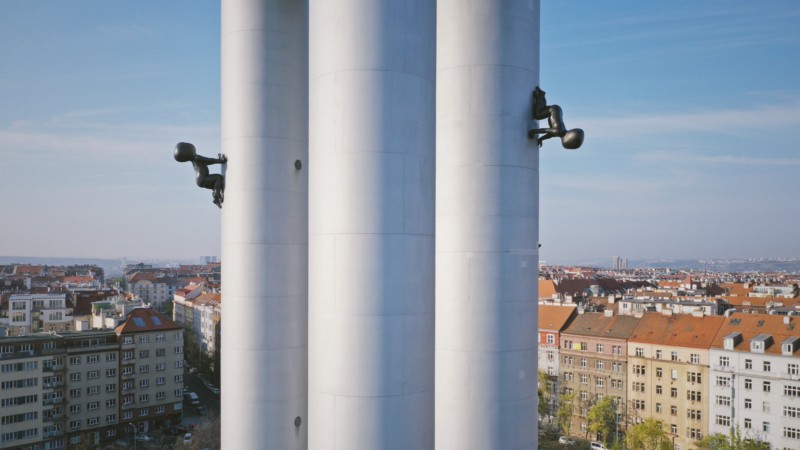

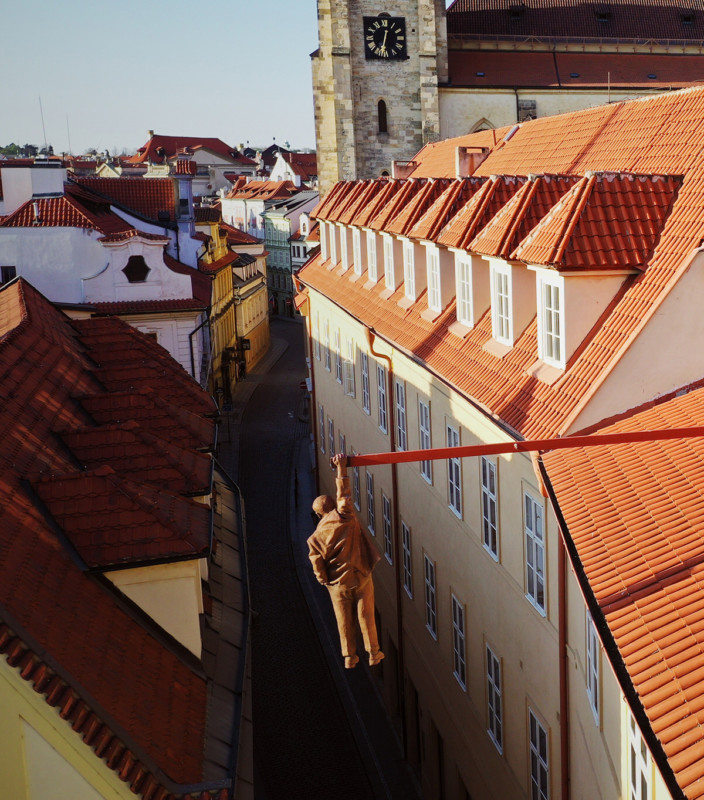
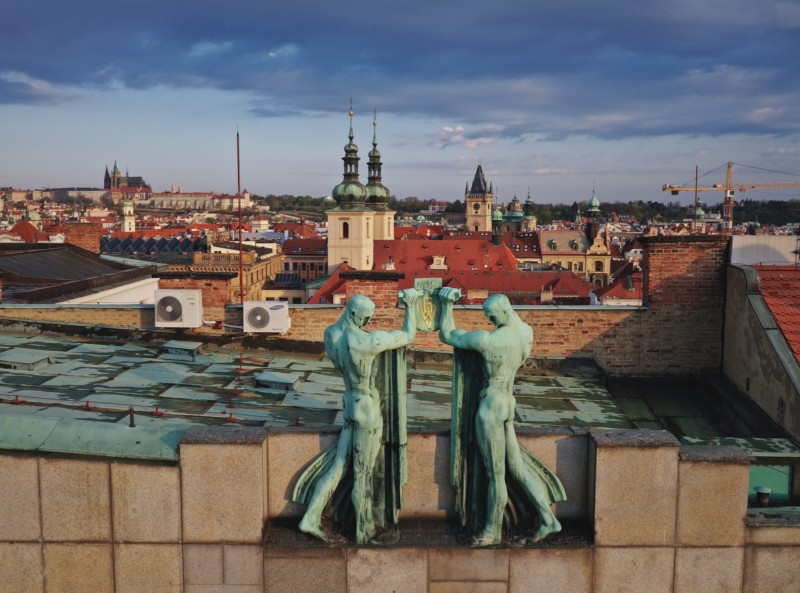
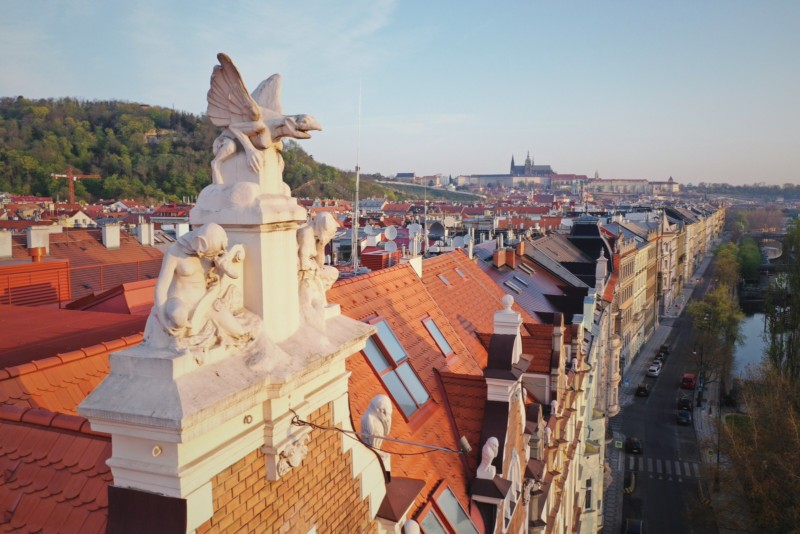
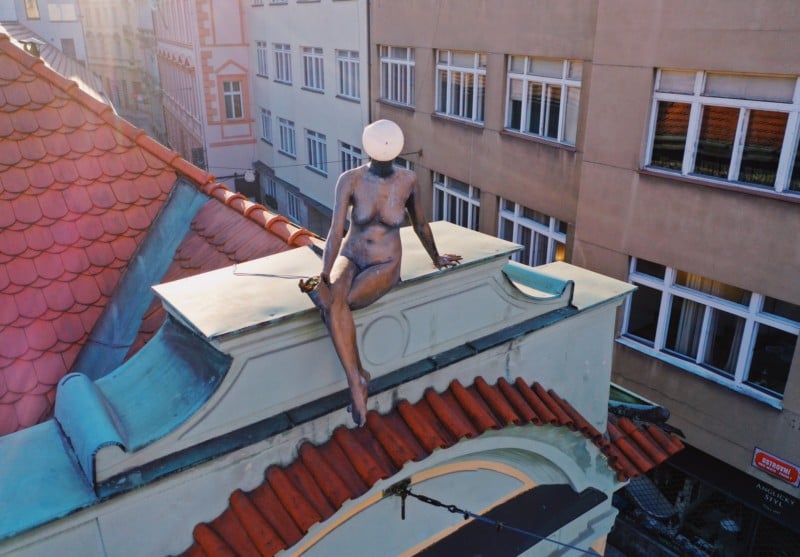
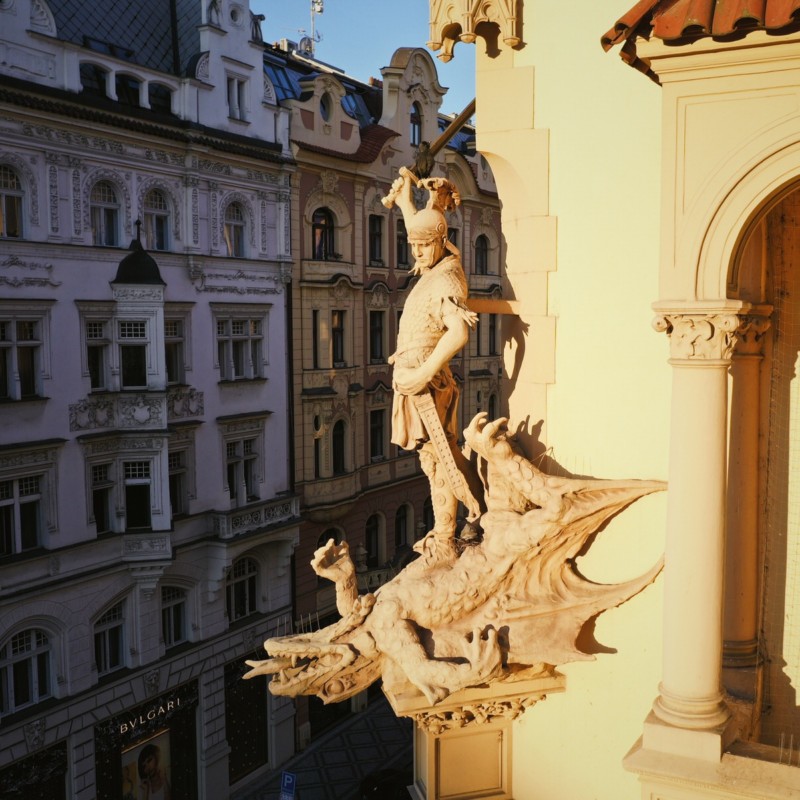
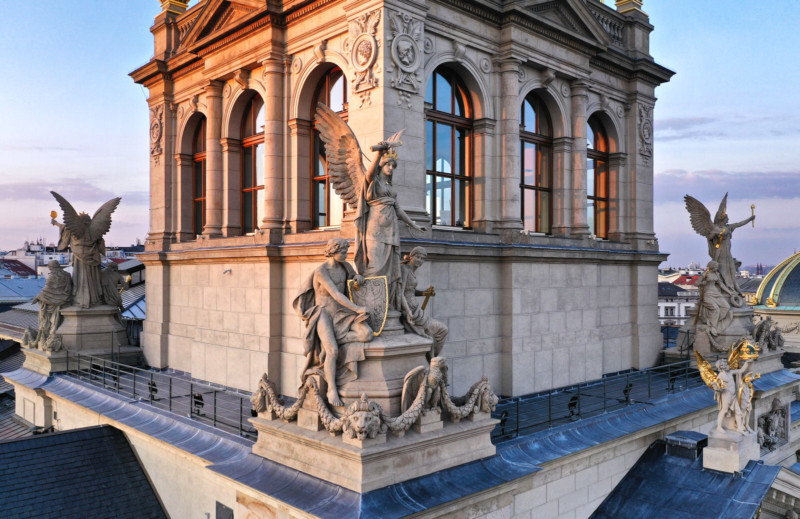
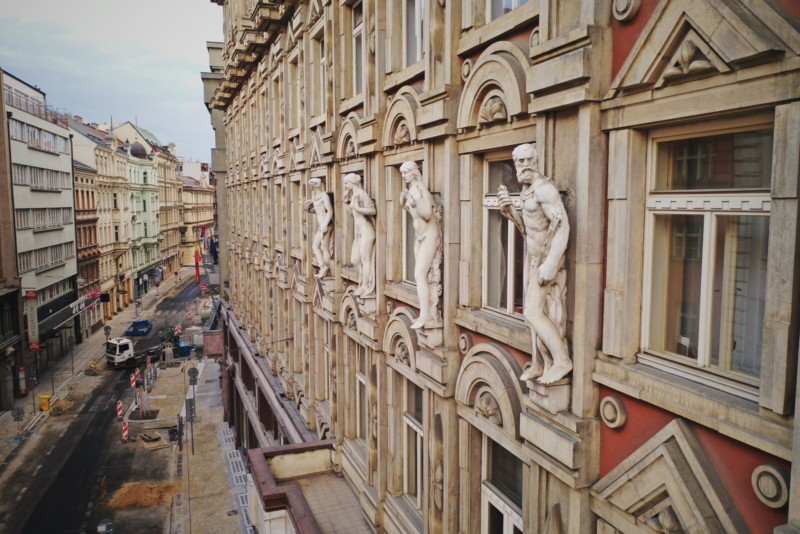
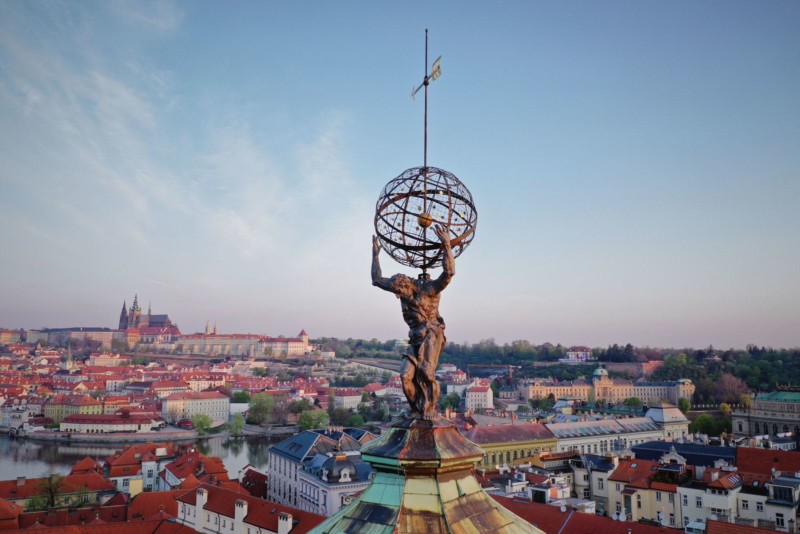
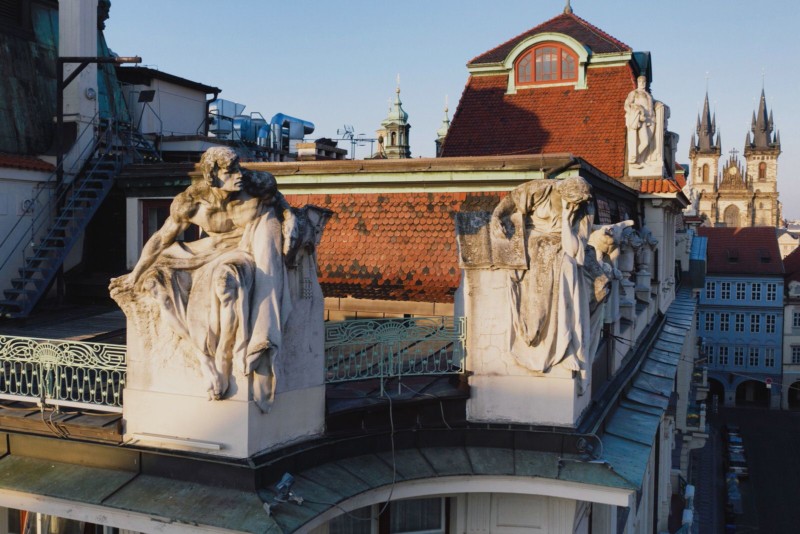
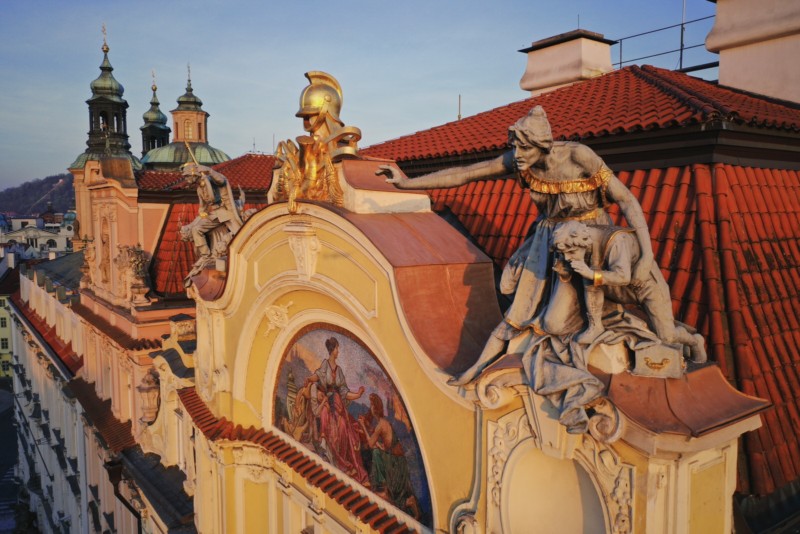
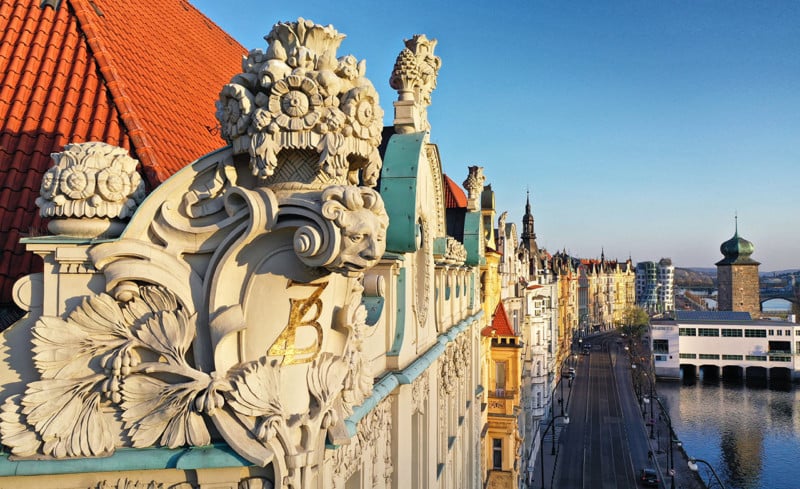


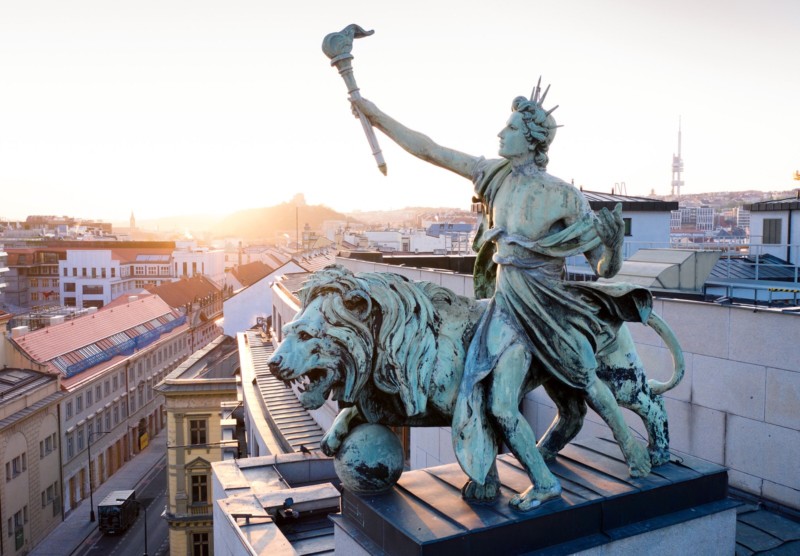
You can find more of Chapple’s work on his website, Facebook, and Instagram.
Credits: Photographs and captions by Amos Chapple and used with permission